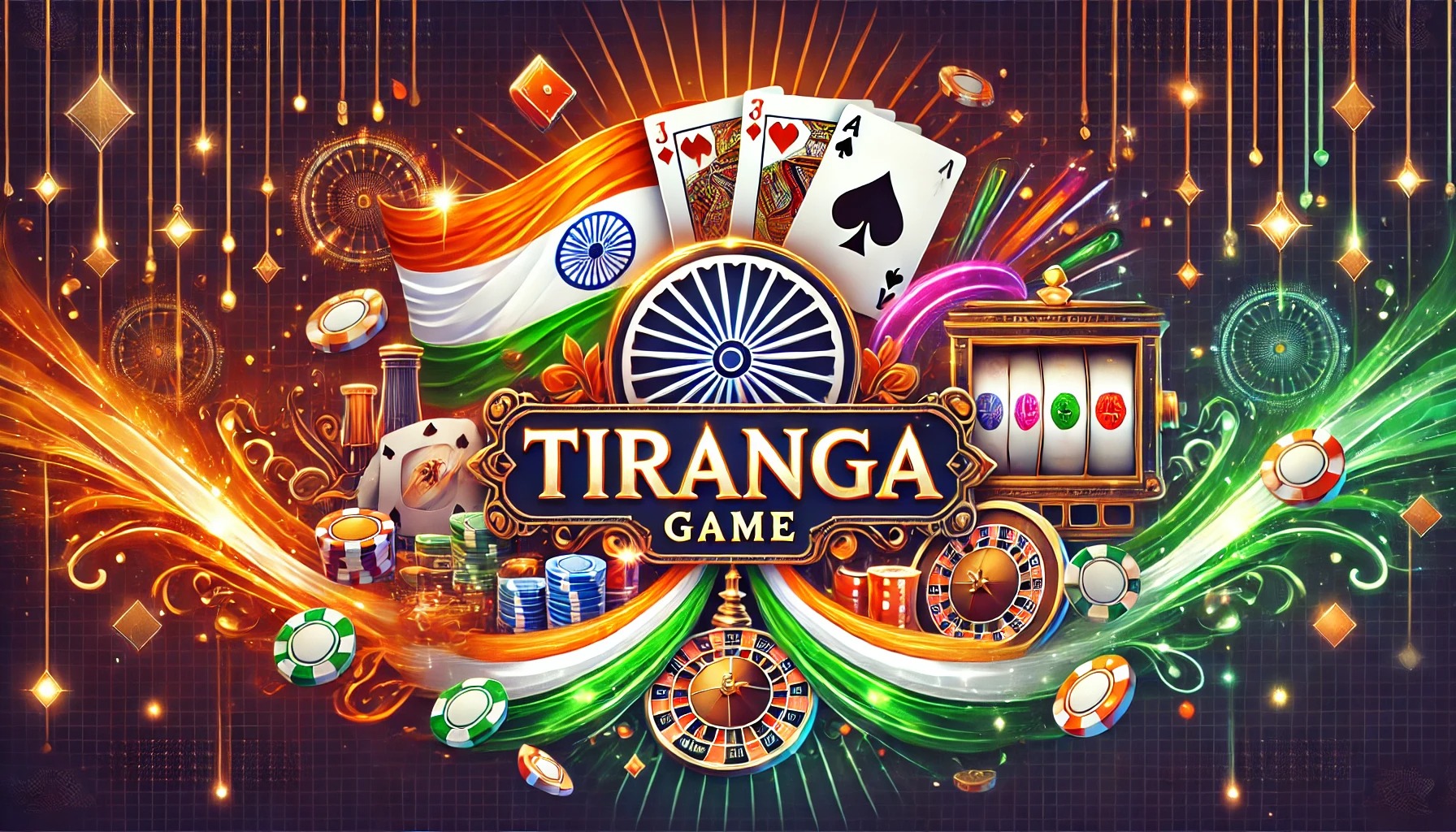The Golden Triangle India tour is a classic introduction to the rich tapestry of India’s culture, history, and architectural brilliance. Comprising the three iconic cities of Delhi, Agra, and Jaipur, this popular travel circuit forms a triangle on the map and covers a diverse mix of Mughal grandeur, Rajput royalty, and colonial charm. Whether you are a history enthusiast, cultural explorer, or a first-time visitor, the Golden Triangle offers a well-rounded Indian experience within a week-long trip.
Here’s a guide to the must-visit attractions in each city and some essential travel tips to help you plan your perfect Golden Triangle India adventure.
1. Delhi: Where the Past Meets the Present
As India’s capital, Delhi is a city of contrasts—ancient forts coexist with modern high-rises, and bustling markets sit next to upscale malls. It is the starting point of most Golden Triangle India itineraries and sets the tone for the journey.
Top Attractions:
- Red Fort: A majestic Mughal-era fort built from red sandstone, symbolic of India’s independence.
- Qutub Minar: The tallest brick minaret in the world and a UNESCO World Heritage Site.
- Humayun’s Tomb: A garden-tomb that inspired the design of the Taj Mahal.
- India Gate & Rashtrapati Bhavan: Prominent landmarks of Lutyens’ Delhi.
- Chandni Chowk: A chaotic yet fascinating market for street food, jewelry, and traditional wares.
Travel Tip:
Use the Delhi Metro to beat traffic, and hire a guide for Old Delhi to make the most of its dense historical and cultural landscape.
2. Agra: The City of Eternal Love
Agra is the next stop on the Golden Triangle India tour and is best known for the awe-inspiring Taj Mahal, but there’s much more to explore. This city showcases the zenith of Mughal architecture and urban planning.
Top Attractions:
- Taj Mahal: A UNESCO World Heritage Site and a globally celebrated monument of love, built by Emperor Shah Jahan for his wife Mumtaz Mahal.
- Agra Fort: A formidable structure that housed emperors and offers panoramic views of the Taj Mahal.
- Mehtab Bagh: A serene garden across the Yamuna River that provides a picturesque sunset view of the Taj.
- Fatehpur Sikri: A perfectly preserved Mughal capital city located about 40 km from Agra.
Travel Tip:
Visit the Taj Mahal at sunrise to avoid crowds and witness its beauty in soft golden light. Carry your ID for ticketed entries.
3. Jaipur: The Royal Pink City
The final point in the Golden Triangle India is Jaipur, the capital of Rajasthan. Known for its pink-hued buildings, palaces, and vibrant bazaars, Jaipur offers a royal experience deeply rooted in Rajput culture.
Top Attractions:
- Amber Fort: A grand hilltop fort with ornate halls and mirror work, accessible via elephant or jeep rides.
- City Palace: A royal residence with museums, courtyards, and royal artifacts.
- Hawa Mahal (Palace of Winds): A uniquely designed structure with 953 windows for royal women to watch street life discreetly.
- Jantar Mantar: A UNESCO-recognized astronomical observatory showcasing ancient scientific precision.
- Albert Hall Museum: Rajasthan’s oldest museum, rich in art, weaponry, and local history.
Travel Tip:
Shop for local handicrafts at Johari Bazaar and Bapu Bazaar. Don’t forget to bargain and try a traditional Rajasthani thali.
Essential Travel Tips for the Golden Triangle India Tour
1. Best Time to Visit:
October to March is the ideal time, with pleasant weather suitable for sightseeing. Avoid the scorching heat of summer and monsoon rains.
2. Duration of the Trip:
A 6 to 8-day itinerary works best to cover each city comfortably, allowing time for travel, rest, and exploration.
3. Transportation:
- By Road: Private cars or guided tours are popular for flexibility and comfort.
- By Train: Fast trains like Gatimaan Express (Delhi to Agra) and Shatabdi Express (Agra to Jaipur) are time-saving and reliable.
- By Air: Domestic flights are available between Delhi and Jaipur, though not necessary for short distances.
4. Accommodation:
Each city offers a wide range—from heritage hotels and luxury chains to budget stays and homestays. Book in advance during peak seasons.
5. Health and Safety:
- Stick to bottled water.
- Carry mosquito repellent.
- Dress modestly, especially while visiting religious sites.
- Be cautious with street food unless it’s freshly cooked and hot.
6. Local Guides:
Hiring local guides can enhance your understanding of historical sites, especially in Delhi’s Mughal monuments, Agra’s fortresses, and Jaipur’s palaces.
7. Shopping and Souvenirs:
- Delhi: Spices, handicrafts, and fabrics.
- Agra: Marble inlay souvenirs and leather goods.
- Jaipur: Gemstones, block-printed textiles, blue pottery, and puppets.
Conclusion
The Golden Triangle India tour is a treasure trove of unforgettable experiences. It offers a perfect balance of majestic architecture, royal heritage, rich history, cultural encounters, and vibrant street life. Whether you’re gazing at the Taj Mahal in Agra, exploring Jaipur’s royal courts, or navigating Delhi’s ancient lanes, every moment on this route adds a new layer to your understanding of India. With the right planning and travel tips, this journey becomes more than just a vacation—it becomes a cultural discovery that stays with you forever.





